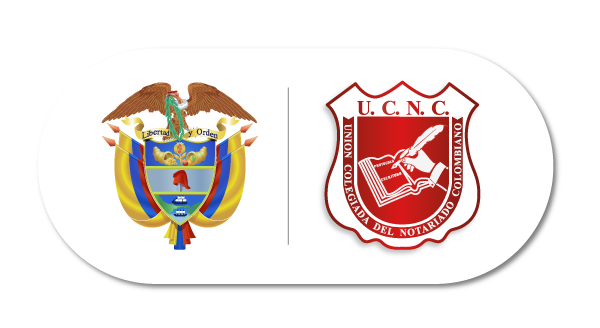Capillaries are an elaborate part of the blood uromexil forte circulation system, responsible for carrying deoxygenated blood back to the heart. While arteries transport oxygenated blood away from the heart, blood vessels work in the opposite direction, making sure a continuous circulation of blood throughout the body. In this write-up, we will certainly delve into the globe of veins, exploring their structure, function, and also usual problems associated with them.
The Composition of Veins
Blood vessels are capillary that have a slightly different framework from arteries. They have thinner walls, less muscular tissue, as well as have valves that help preserve the unidirectional circulation of blood. Veins can be identified right into three primary types:
- Surface Capillaries: These capillaries are better to the surface area of the skin and also are easily visible. They play an important role in managing body temperature.
- Deep Veins: Deep capillaries are located deeper within the body, frequently accompanying significant arteries. They bring most of blood back to the heart.
- Piercing Capillaries: These blood vessels attach the shallow and also deep blood vessels, ensuring effective blood circulation.
Blood vessels also consist of little blood vessels called capillaries. Blood vessels are accountable for cardioton singapore exchanging nutrients, oxygen, and waste products with the surrounding tissues.
The Function of Veins
The key function of blood vessels is to deliver deoxygenated blood back to the heart. This blood, which has actually been diminished of oxygen throughout its trip through the body, requires to be restored. Blood vessels accumulate the oxygen-depleted blood as well as return it to the right room of the heart, where it is then pumped to the lungs for oxygenation.
To ensure appropriate blood circulation, blood vessels rely on a number of devices. Initially, the contraction of skeletal muscular tissues around the capillaries assists push blood towards the heart. These contraction develop a pumping impact, assisting the flow of blood against gravity. Additionally, the one-way valves in capillaries stop the backflow of blood, directing it in the direction of the heart.
Veins also play an essential duty in preserving blood volume. When blood quantity decreases, blood vessels can tighten to help reroute blood to essential organs and cells. On the various other hand, when blood volume increases, capillaries can expand to accommodate the excess blood.
Common Venous Conditions
There are a number of problems related to veins that can create pain and posture wellness dangers. Below are a few of one of the most usual venous problems:
- Varicose Veins: Varicose blood vessels are bigger, swollen capillaries that frequently appear turned or protruding. They generally take place in the legs as well as can trigger discomfort, itching, and also hurting.
- Deep Capillary Apoplexy (DVT): DVT is the formation of embolism in deep capillaries, the majority of frequently in the legs. If an embolism removes and takes a trip to the lungs, it can trigger a lung embolism, a potentially serious condition.
- Spider Veins: Spider capillaries are smaller sized, thread-like capillaries that typically show up externally of the skin. They are normally harmless yet can be a cosmetic concern for some individuals.
- Chronic Venous Lack (CVI): CVI happens when the valves in the blood vessels are damaged or damaged, leading to inappropriate blood flow. This can result in swelling, abscess, as well as skin staining.
Taking care of Your Veins
Maintaining healthy and balanced veins is vital for general blood circulation health and wellness. Right here are some pointers to assist maintain your blood vessels healthy:
- Keep Energetic: Routine exercise assists improve blood circulation and strengthens the muscle mass that aid in venous blood flow.
- Boost Your Legs: Elevating your legs over the heart degree can help in reducing swelling and also boost blood flow.
- Stay Clear Of Long Term Sitting or Standing: If you have a sedentary task, make sure to take breaks and also move occasionally. If you have a job that needs extended standing, attempt to shift your weight and relocate your legs to avoid blood pooling.
- Keep a Healthy And Balanced Weight: Excess weight can put added strain on your veins. Maintaining a healthy weight can decrease the danger of establishing venous problems.
- Stay Clear Of Tight Clothes: Clothing that tighten blood flow can prevent venous flow. Opt for looser-fitting garments, specifically around the midsection, groin, and upper legs.
Final thought
Blood vessels play a vital role in our circulatory system, making sure the continuous flow of blood back to the heart. Understanding the makeup and also function of blood vessels can aid us value their importance and also take steps to preserve their health and wellness. By following simple way of life actions and recognizing the common venous conditions, we can keep our capillaries working optimally as well as advertise general wellness.
